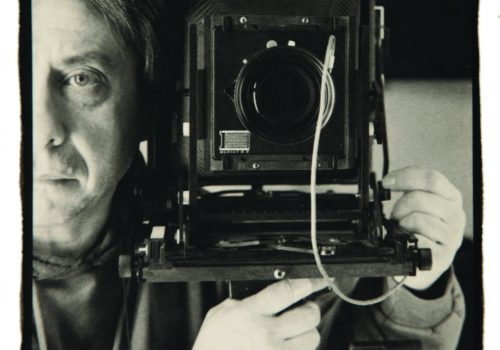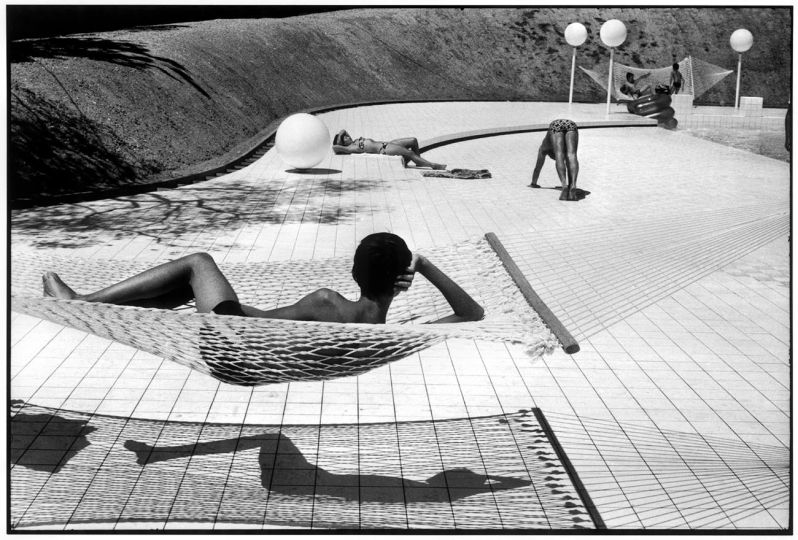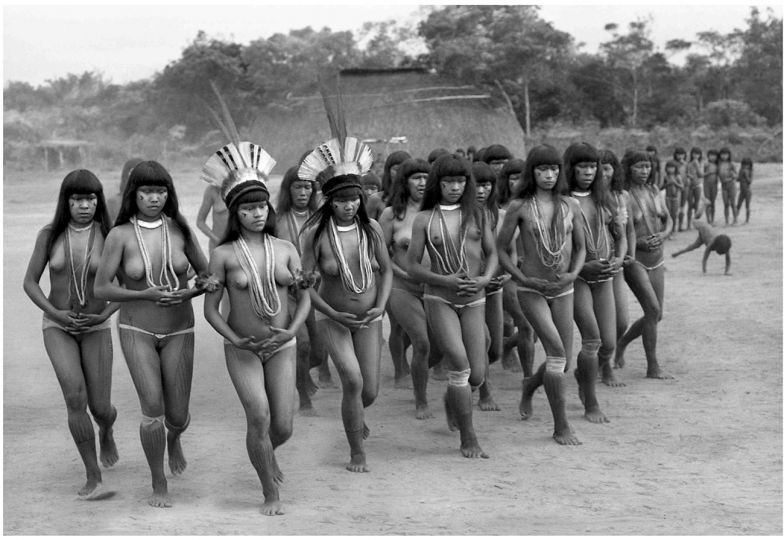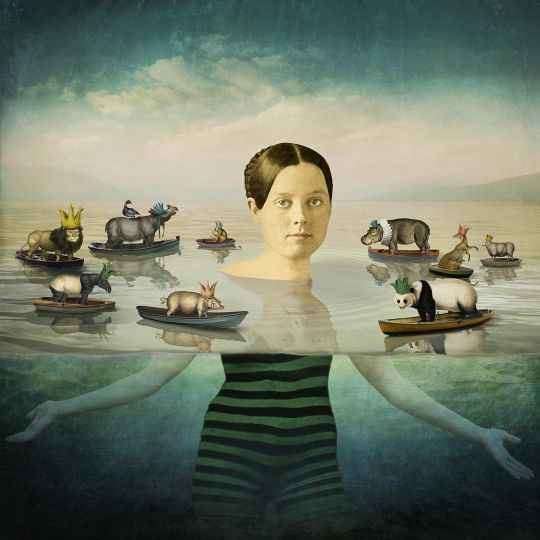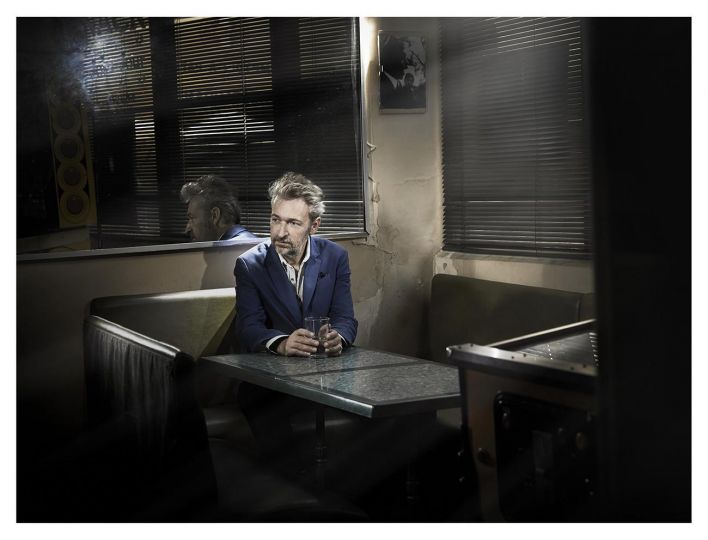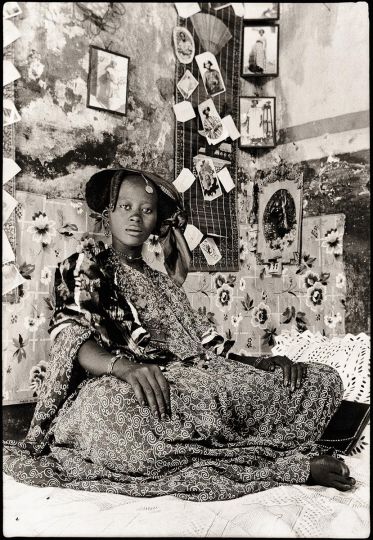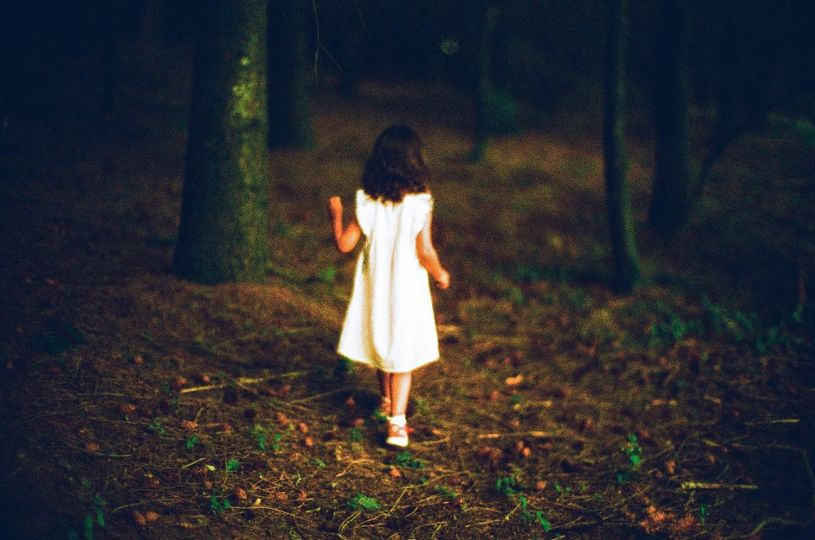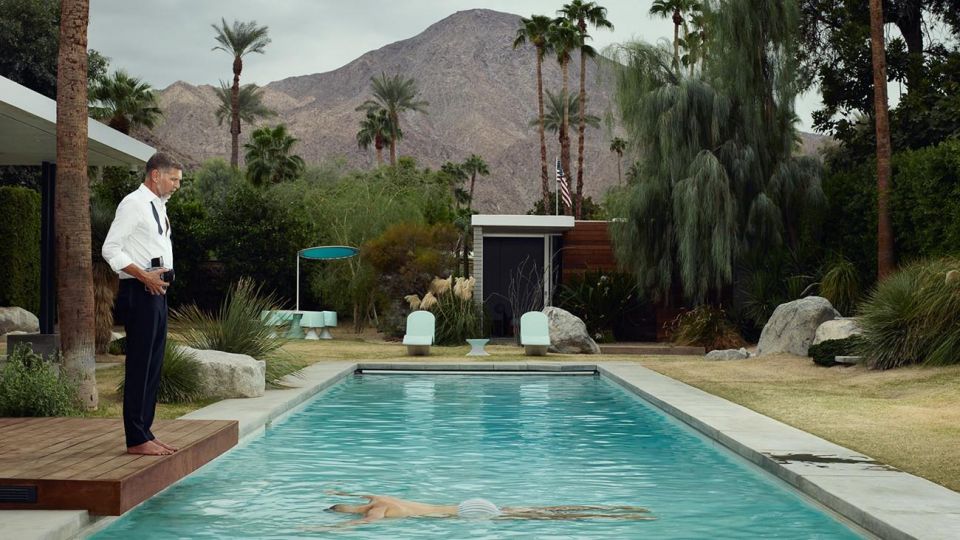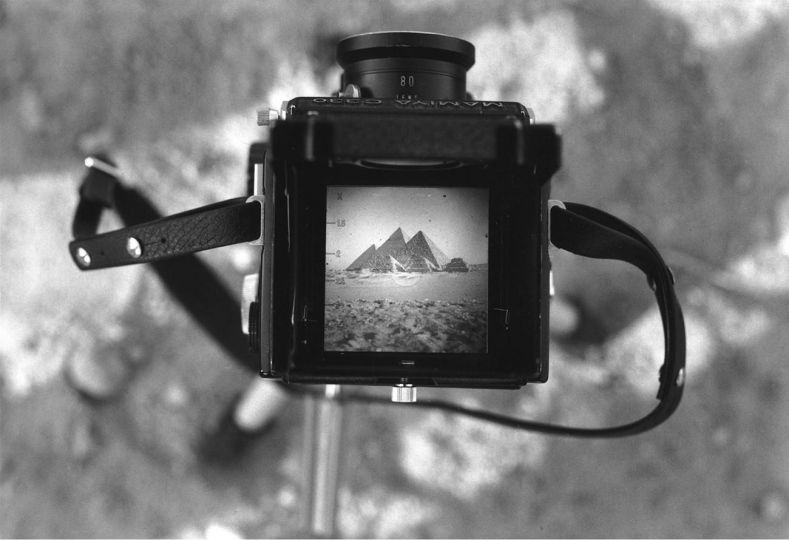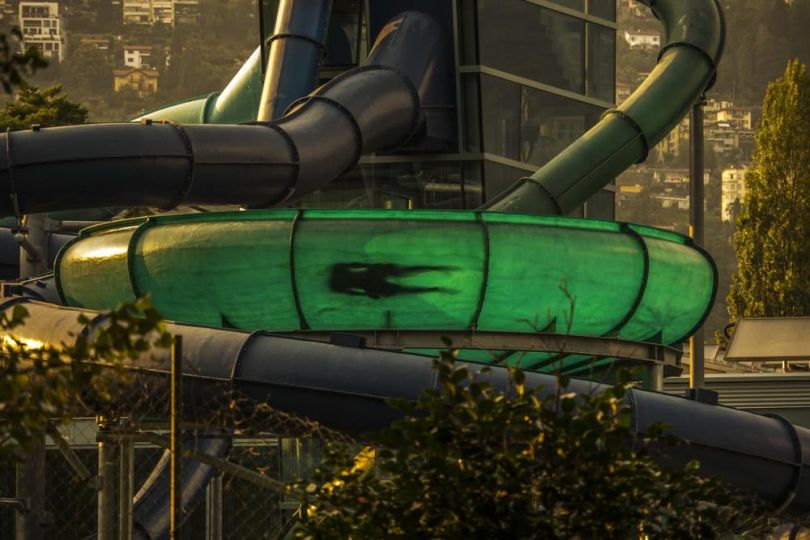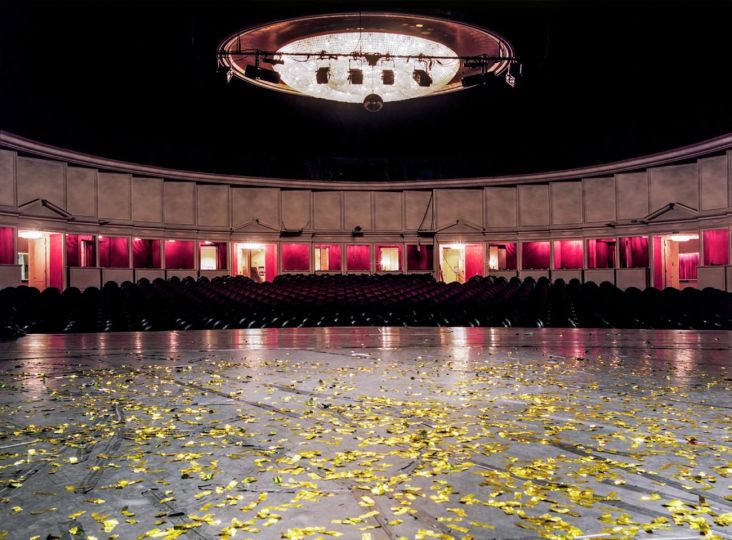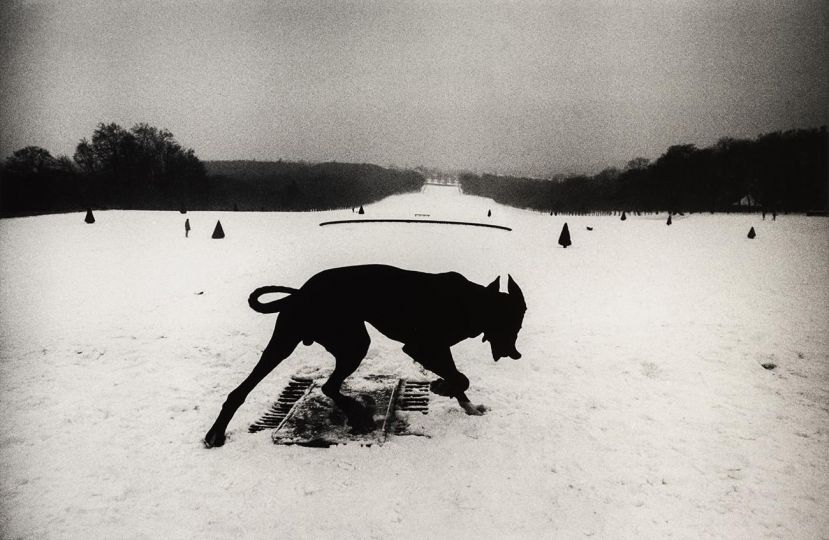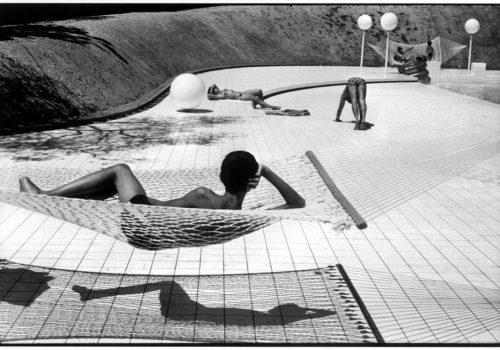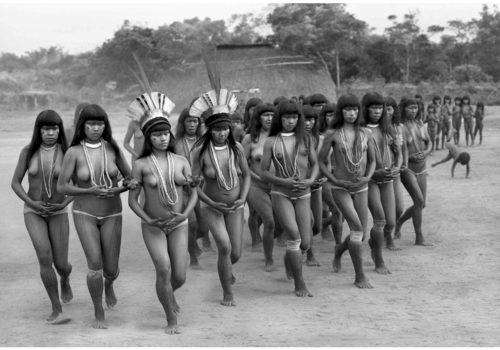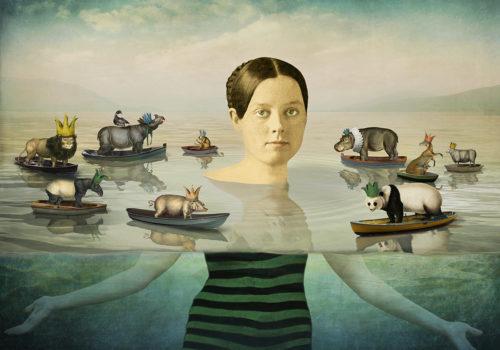Philippe Ayral was born on April 23, 1949 in Toulouse. One day in the 1960s, a friend, who had just received a Werra 24x36mm camera, explained the depth of field, he discovered that photography had creative possibilities. He started to work, looking for odd jobs to save the money needed to buy a camera with a Tessar lens and a shutter that can be armed by rotating the optical block. In 1969, he decided to go with a camera, hitchhiking in the Middle East. His images of Buzkachi in Kabul were published in Paris-Match and those of his nomads were syndicated by the agencies Jacana and Explorer. Back in early 1970’s, he worked in photographic shops in Geneva (Photo Verdaine, Photo Hall). At night, he photographed in black and white for the group Jelmoli. In 1972, he moved to neighboring France to Gaillard. In the early 1990s, he discovered the platinum-palladium print. Mastering this printing process, just when printing paper making stopped. Not discouraged, he decided to prepare himself the chemistry necessary for the preparation of this printing process … He gives us to see “History of stone” (2000-2002) work on the time and the evolution of light without which nothing exists, put in parallel to two architectures, a Cistercian abbey and quarries for extracting underground stones; “White Series” (1996) white work on white, inspired by the work of Zen monks; “Farewell the factory / Marignier” (1995) last testimony of an electro-metallurgical plant that has given a living to a whole valley for many years; “Behind, there is the sea” landscapes; “Gray Lake Geneva” (1997) a February morning and a lot of patience; “Cans” (2008-2010) crushed and found in the gutter around his home; “Wall art” silver prints with various turns.
About platinum / palladium by Philippe Ayral
I discovered the Platinum-Palladium printing process in the early 1990s with the latest ready-made paper made by The Palladio Company Inc. that I had ordered in the United States. Just in time to take a liking to it, by the time I wanted to use this process to make the prints of the series “History of stone” the manufacture had stopped.
It was necessary to learn to prepare the emulsion itself, find the chemicals and test the papers currently chemically compatible with the process.
This was all the more difficult because at that time the use of the Internet was not comparable to what it is nowadays.
The process is however not recent since developed by William Willis, son of a famous English engraver who filed successively three patents: English patents of June 5, 1873, August 20, 1878 and August 15, 1880.
The principle
The platinum and palladium salts used are very insensitive to light, so it is necessary to use a more photosensitive chemical reagent.
Ferric oxalate is most often used.
Exposed to UV light, the iron salt is reduced and produces a weakly visible image formed of ferrous oxalate which has the property of decomposing the platinum / palladium salts, forming a black metal precipitate as soon as a developer, potassium oxalate, for example. Light does not act directly on metal salts.
The development transforms the formed image into a Platinum / Palladium image. This print is an object entirely made by hand. From the manufacture of the emulsion to its coating with a brush on a very beautiful paper, most often hand-made. Its permanence is therefore equal to that of its support because Platinum and Palladium are unalterable metals.
The method nevertheless has a limitation. It is not possible to make an enlargement print. It is necessary either to take the shooting in large format, or to realize in the laboratory a negative to the dimension of the final image.
Characteristics
Extremely permanent. Great range of grays with deep blacks. Different response curve of the silver process – everything on the negative can be on the print – allows very delicate prints
Unlike silver paper, the image is not placed on the surface of the paper but the metal particles are embedded in the paper fibers
The prints have a strictly matt surface without any reflection, the texture of the paper can be more or less present according to the choice of the latter.
The beauty of the print is achieved by the couple formulation of the emulsion and the choice of papers used which are generally either 100% cotton art papers or Japanese “washi” based on kozo or gampi fibers.
Philippe Ayral – Parcours 1990-2016
From 17 January to 30 April 2019
Auer Ory Foundation for Photography 10 rue du Couchant
CH-1248 Hermance
www.auerphoto.com

